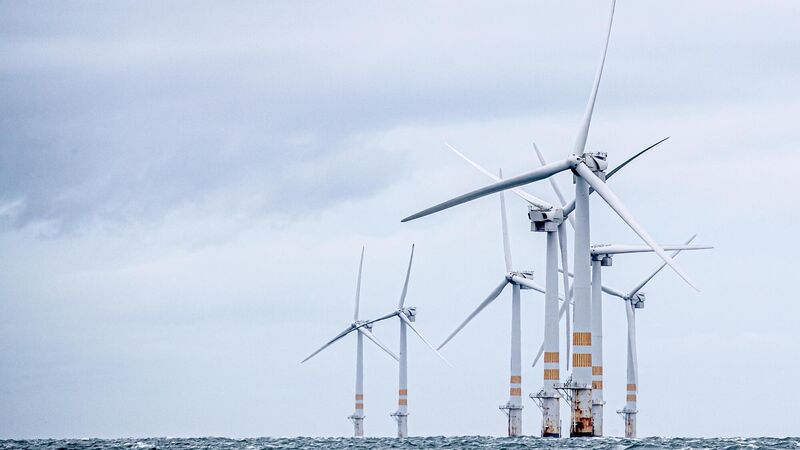Kerry engineer to make waves with wind turbine expertise at Stanford

Dr Brian Hand, originally from Blackwater, is off to the prestigious institute in California to pursue his research on the design and optimisation of offshore floating wind turbines as a Fulbright-EPA scholar.
An engineer from Kerry is set to depart for the world-famous Stanford University to work on developing the much-needed technology necessary to make the most of our renewable energy resources.
Dr Brian Hand, originally from Blackwater, is off to the prestigious institute in California to pursue his research on the design and optimisation of offshore floating wind turbines as a Fulbright-EPA scholar.
Having been awarded a PhD in mechanical engineering from Munster Technological University (MTU), Mr Hand has also lectured at MTU since 2020, and is currently completing an MA in Teaching and Learning.
A family history with engineering originally brought him to his field of study. “I always liked figuring out how things worked, and I was always curious about anything that’s moving, how does it actually work.”
The floating wind turbine industry is still “in its infancy”, he said.
“There’s actually not a lot known about how these turbines react on floating structures when they are put out to sea.”
A lot of the waters around Ireland, especially on the west coast, are very deep, he added.
“Once you go beyond a 50-metre threshold, you can’t really use the fixed turbines because they are too expensive to set up. You have to employ floating sub-structures.
“So in order to exploit the high wind resources on the west coast, we need to use floating wind turbines.”
There is currently a target in place for Ireland to have 80% of its electricity generated by renewable energy sources by 2030.
“The requirements are there, it is just all about developing the technology.
“As engineers, we like to simulate what they’ll actually do in different conditions. We can do that using a tool called Computational Fluid Dynamics (CFD) which I have quite a bit of experience in."
However, this requires a lot of computing resources, typically only available with a super-computer. Ireland has just one. Mr Hand said: "In the US they have much larger supercomputers. That allows us to do more complex analysis, much more detailed.”
Stanford has a supercomputer, and a research institute dedicated to CFD. "It was a perfect marriage of two, they have the resources, and I have the expertise and the background.”
He hopes to set off in January and use his time at Stanford to develop his research and meet other researchers and experts in the field.
Overall, 37 Fulbright Irish awardees will work with 17 different US institutions across the upcoming year.















